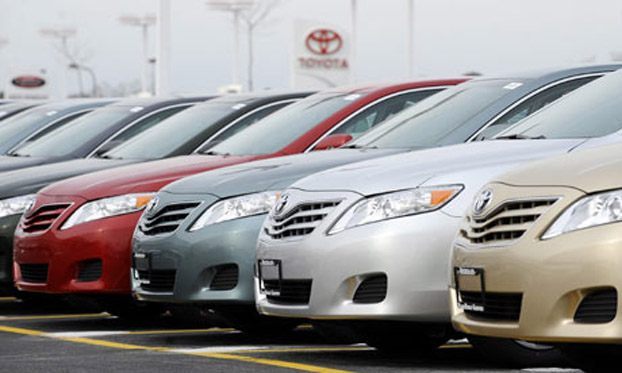The future of automotive engineering is being driven by turbocharged engines, according to an EPA official. By 2025, when the new CAFE standards fully take effect, it's estimated that 90% of vehicles on the market will be equipped with turbo technology. This raises an interesting question: **Could every new Toyota model come with a turbocharged engine?**

*If the EPA is right, all of these Toyota models could be offered with a turbocharged engine. What do you think? Fact or Fiction?*
At the SAE World Congress, WardsAuto spoke with Edward Nam, director of the EPA’s Light Duty Vehicles & Small Engines Center in Ann Arbor, MI. He explained that current turbochargers typically operate at around 261 psi (18 bar), but by 2016, 348-psi (24-bar) units are expected to hit the market and become widely adopted by 2025. These advancements in turbo technology are key to improving engine efficiency.
Nam emphasized that the EPA believes turbochargers will continue to evolve, making internal combustion engines more efficient. Combined with improvements in transmissions, tire technology, and aerodynamics, these changes are expected to help automakers meet the 54.5 MPG target.
“We believe most automakers should be able to meet the standards largely through advancements in internal combustion engines and emissions control,†Nam said. “There are many technologies available to help achieve this.â€
One major shift is the move toward smaller, more efficient engines. For example, trucks like the Ford F-150 or Chevy Silverado may soon run on four-cylinder engines, thanks to turbocharging. Automakers like Toyota have invested heavily in R&D to find the best balance between power and fuel economy, exploring electric, hybrid, and diesel options. However, the EPA estimates that only about 3% of the market will consist of fully electric or plug-in hybrid vehicles.
Critics, including Consumer Reports, argue that real-world performance doesn’t always match EPA estimates. While the science behind turbocharging is sound, some consumers report little to no improvement in fuel efficiency. Still, the EPA claims that widespread use of turbocharged engines could save 4 billion barrels of oil and reduce greenhouse gas emissions by 2.2 billion tons between 2017 and 2025.
Of course, these benefits come at a cost. Vehicles sold in 2025 are expected to be $1,800 more expensive than those from 2016. While long-term fuel savings could reach up to $7,400, the higher upfront costs may deter some buyers, especially if they don’t plan to keep their cars for long.
So, the question remains: **Do you agree with the EPA that turbocharged engines are the future of the automotive industry?** Share your thoughts below.
Metal cabinets are built using pieces of sheet metal, which involves a fabrication process to produce thin broad sheets of metal. The fabrication processes producing sheet metal include Laser Cutting, Bending, Punching, Welding, Polishing, and assembly, then finally make the metal into the size ad shape desired.
Metal Cabinets Fabrication, OEM Sheet Metal Cabinets, Steel Cabinets manufacturing, Customize Galvanized Sheet Cabinets, Stainless Steel Cabinets Producing
FCX Metal Structure Co., Ltd. , https://www.fcxmetal.com